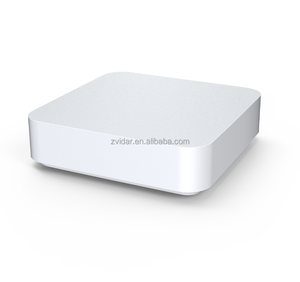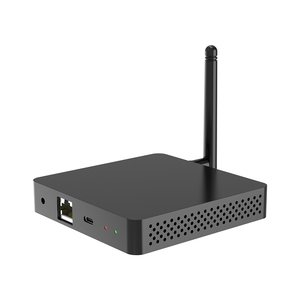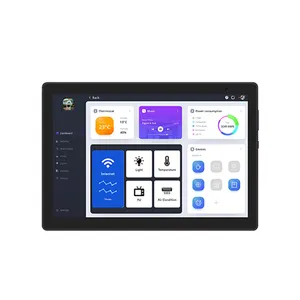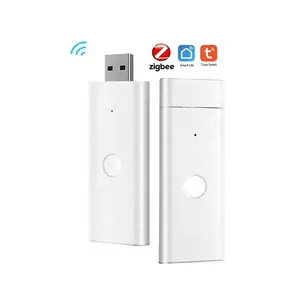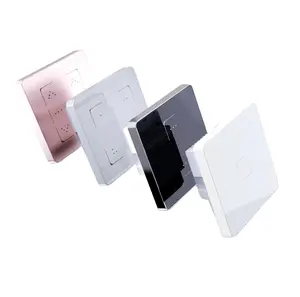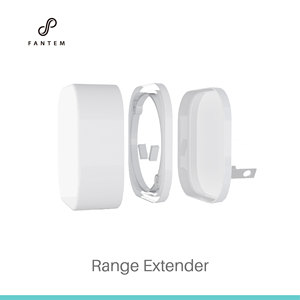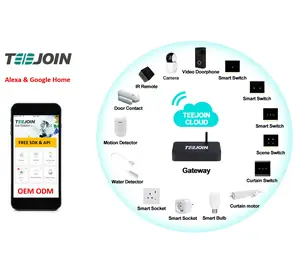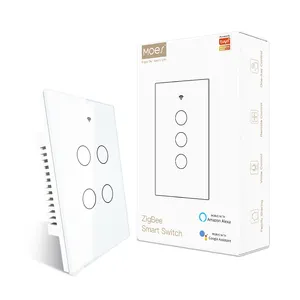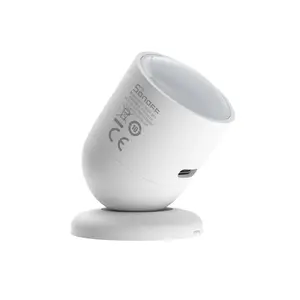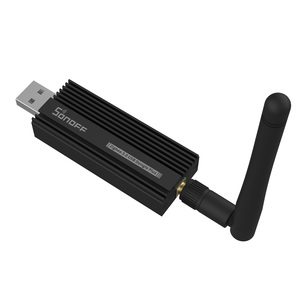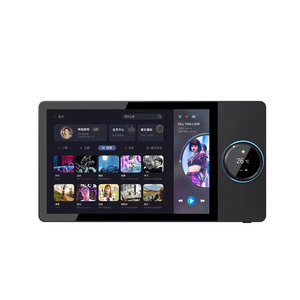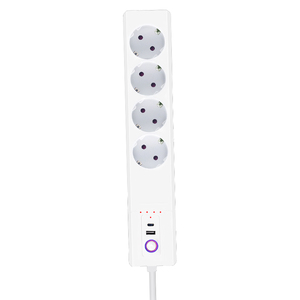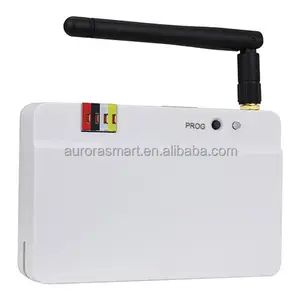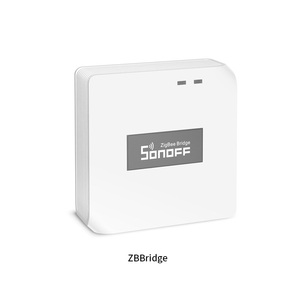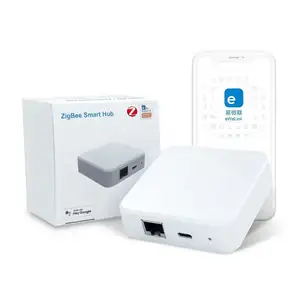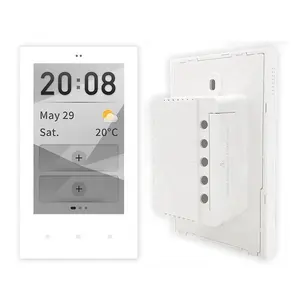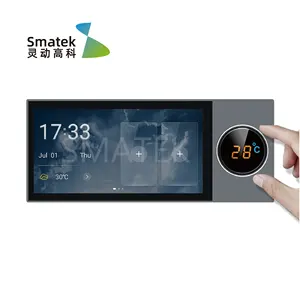Z Wave Vs Zigbee


 0
0



 1/3
1/3









 1/35
1/35







 1/35
1/35



 1/3
1/3



 1/3
1/3

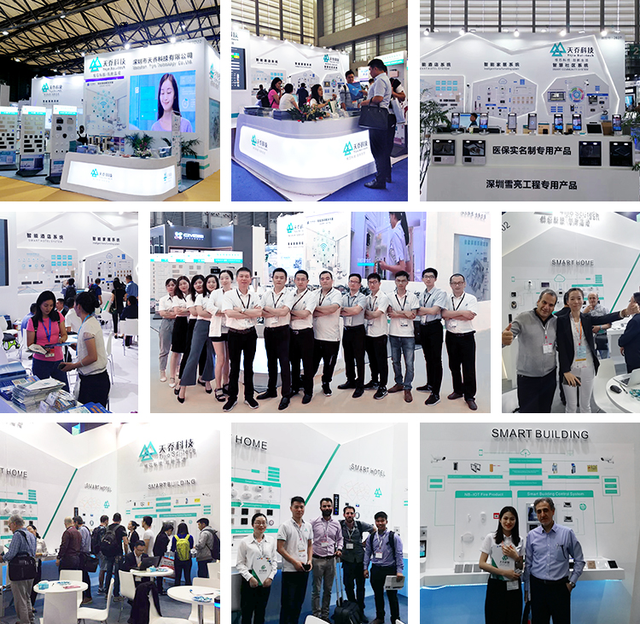

 1/3
1/3





 1/10
1/10



 1/3
1/3




 1/3
1/3



 1/3
1/3






 1/1
1/1



 1/3
1/3



 1/3
1/3



 1/3
1/3


 0
0



 1/3
1/3



 1/3
1/3



 1/3
1/3
About z wave vs zigbee
Where to Find Z-Wave vs Zigbee Supplier Solutions?
China remains the central hub for wireless smart home technology manufacturing, with Shenzhen and Guangzhou serving as primary industrial clusters for Z-Wave and Zigbee-enabled device production. These regions host vertically integrated supply chains combining RF module fabrication, firmware development, and IoT gateway assembly under one ecosystem. Shenzhen-based suppliers dominate in multi-protocol integration, offering hybrid Z-Wave/Zigbee solutions that support Matter over Thread, enabling interoperability across major smart home platforms.
The concentration of electronic component suppliers, contract manufacturers, and testing facilities within a 50km radius allows for rapid prototyping and scalable production. Suppliers leverage existing infrastructure for PCB design, antenna tuning, and low-power wireless communication modules, reducing time-to-market by 30–40% compared to non-specialized regions. Buyers benefit from flexible MOQs (as low as 1–5 units), access to ODM/OEM customization, and established export channels to North America, Europe, and Southeast Asia. Average lead times range from 15–30 days for standard orders, with express fulfillment options available for sample batches.
How to Choose Z-Wave vs Zigbee Suppliers?
Procurement decisions should be guided by technical capability, compliance verification, and operational reliability:
Technical Validation
Confirm supplier expertise in dual-radio integration (Z-Wave + Zigbee) and support for key protocols such as Zigbee 3.0, Z-Wave Plus, and Matter. Evaluate product listings for evidence of mesh networking implementation, signal range (typically 30–100m indoors), and interference mitigation techniques. Prioritize suppliers offering gateways with dual-band Wi-Fi (2.4GHz/5GHz) and Ethernet backhaul for stable network performance.
Production & Customization Capacity
Assess scalability through facility indicators:
- Minimum of 2+ years in IoT hardware manufacturing
- OEM/ODM service offerings including firmware branding, PCB modifications, and enclosure design
- In-house R&D teams capable of protocol stack optimization
Cross-reference product diversity (e.g., sensors, hubs, wall switches) with reorder rates and response times to gauge customer retention and service efficiency.
Quality & Transaction Assurance
While formal certifications (CE, FCC, RoHS) are not always listed, verify compliance through product test reports or request samples for independent evaluation. Leverage transaction safeguards such as milestone payments and third-party inspections. Analyze online revenue metrics and on-time delivery records—suppliers with ≥95% on-time performance demonstrate stronger production planning. Sample testing is critical: evaluate boot-up stability, pairing latency, and OTA update functionality before volume ordering.
What Are the Leading Z-Wave vs Zigbee Suppliers?
| Company Name | Location | Main Products | Online Revenue | On-Time Delivery | Reorder Rate | Avg. Response | MOQ Range | Price Range (USD) |
|---|---|---|---|---|---|---|---|---|
| Shenzhen Zvidar Technologies Co., Ltd. | Shenzhen, CN | Smart Home Gateways, Vibration Sensors | US $3,000+ | 100% | 100% | ≤5h | 1–5 units | $9.95–$100 |
| Shenzhen Lona Technology Co., Ltd. | Shenzhen, CN | Multi-Protocol Smart Plugs, Gateways | US $10,000+ | 84% | 25% | ≤3h | 1 piece | $17.80–$34.36 |
| Shenzhen Pretech Industrial Co., Ltd. | Shenzhen, CN | Zigbee/Z-Wave Hubs, Wall-Mount Controllers | US $660,000+ | 100% | 18.5%* | ≤4h | 2 pieces | $45–$200 |
| Guangzhou Liwen Houseware Co., Ltd. | Guangzhou, CN | Tuya-Based Zigbee Switches, Mini Sensors | US $20,000+ | 100% | <15% | ≤4h | 10–50 pieces | $3.99–$22.00 |
*Combined reorder rate average based on two entries for Shenzhen Pretech Industrial Co., Ltd.
Performance Analysis
Shenzhen Zvidar stands out with a 100% reorder rate and full on-time delivery, indicating strong product reliability and customer satisfaction despite lower revenue volume. Shenzhen Pretech offers high-end, customizable gateway solutions with pricing up to $200, catering to commercial or industrial deployments requiring wall-mounted control panels. Lona Technology provides competitive per-unit pricing with single-piece MOQs, ideal for pilot testing or small integrations. Guangzhou Liwen focuses on cost-sensitive, high-volume Zigbee sensor production, though its sub-15% reorder rate suggests limited post-sale engagement. All top suppliers offer sub-5-hour average response times, ensuring timely technical clarification and order management.
FAQs
What distinguishes Z-Wave from Zigbee in supplier offerings?
Z-Wave operates on a sub-GHz frequency (908.42 MHz in the US), providing longer range and lower interference, while Zigbee uses 2.4 GHz, enabling higher data rates but shorter reach. Suppliers often integrate both into gateways to maximize device compatibility. Z-Wave requires licensing (Silicon Labs), which may affect unit cost, whereas Zigbee is open-standard, facilitating broader adoption in budget devices.
What is the typical MOQ for Z-Wave and Zigbee devices?
MOQs vary by supplier and product type. Entry-level sensors and plugs start at 1–5 units for sampling, while bulk orders for switches or gateways typically require 10–50 units. High-customization products like wall-mounted controllers may require minimum runs of 100+ units depending on tooling needs.
Can suppliers provide firmware customization?
Yes, leading suppliers offer OEM services including private-label apps, custom UI/UX, cloud backend integration, and protocol-specific firmware tuning. Clients can request Tuya, Sonoff, or open-source Home Assistant compatibility depending on target market requirements.
Are Z-Wave and Zigbee products compliant with international standards?
Most suppliers design to meet CE, FCC, and RoHS regulations, though formal certification may not be declared. Buyers should request test reports for radiated emissions, SAR, and ESD protection. Independent lab validation is recommended for regulated markets.
How long does sampling take for wireless smart home devices?
Standard samples ship within 7–14 days. Custom designs with modified enclosures or firmware require 20–30 days, including programming, testing, and quality checks. Air freight adds 5–7 days for international delivery.


